Moving far away? Maybe you landed your dream job across the country, or maybe you’re relocating to another state to be with a long-distance love. Whatever the reason for your cross-country move, there’s a chance you’ll need to ship your car. After all, driving thousands of miles is no easy task.
But how do you ship a car? Below are answers to the most pressing questions people ask about shipping a car long-distance.
How Does Car Shipping Work?
There are many types of car shipping companies out there. You can work with
- A private transporter
- A large volume transporter (those trucks on the highway with lots of cars strapped to them)
- The moving company that’s handling the rest of your move, if they offer car shipping
Most people will opt to have their cars shipped via a multi-car transporter in order to save on costs. However, if you have a valuable car or are moving somewhere that’s not easy to get to, it’s possible to go with another option.
“When it’s all said and done, the average cost of shipping a car in 2021 is around $1,200…“
Once you settle on a car shipping company, you typically arrange a convenient pickup location and time. Some companies offer door-to-door pickup and dropoff, while others may require you to meet them somewhere a bit out of the way. You will also discuss the estimated arrival time. Keep in mind that it can take a few days to drive across state lines, especially if the transporter has multiple vehicles to load, transport, and unload along the way. Again, these details will depend on the particular service you choose.
In the meantime, you should prepare your vehicle for shipping, especially because car shippers charge by weight. To prepare,
- Clean it out
- Empty the gas tank (except for a bit to drive to a gas station once your car is home!)
- Put down a good layer of wax to protect your paint during the shipping process
Once your car is ready to be picked up, you and the driver will go through an inspection and note any existing damage. (Keep good notes to match theirs!) Then your car is on its way.
Moving far away?
Do it cheaper.
HireAHelper.com can save you up to 40%, compared to traditional interstate van lines.
Compare our long distance moving company options.
How Much Does Shipping A Car Cost?
Understandably, many people’s top question is how much shipping a car is going to cost them. The cost of shipping your car will depend on a few major factors.
Distance: One of the biggest factors in the cost of shipping a car is distance.
If you’re moving less than 100 miles away, your shipping is considered a short-distance move. If you’re moving to another city within the same state, it can additionally be known as an “intrastate move”. Shorter moves will cost you more per mile, on average, but less overall, since you don’t have far to go.
Long-distance moves of several hundred miles or more, particularly cross-country (i.e., interstate) moves, will be much more expensive. It can also be more expensive to ship a car to a location that’s off the beaten path versus a major metropolitan area.
These other things will also impact your cost
Vehicle size and type: Not all vehicles will cost the same to ship. Size and weight seriously determine your cost. If you have a compact car such as a Honda Civic or Mini Cooper, it will likely cost you much less to ship than a Ford F150 or Toyota 4Runner. (It’s also important to note that certain vehicles, such as vintage or luxury vehicles, often cost extra to ship, due to the extra care required.)
Method of transportation: There are many options for shipping your car when it comes to the type of carrier. If you have a sedan that’s several years old and in decent shape, you may be okay with shipping it via an open carrier big-rig.
However, if your car is brand new, a classic, or custom-built, an open carrier may leave it too susceptible to the elements. In this case, you might opt for an enclosed carrier, which can cost quite a bit more. How much more? Enclosed carriers cost about 60% more, on average.
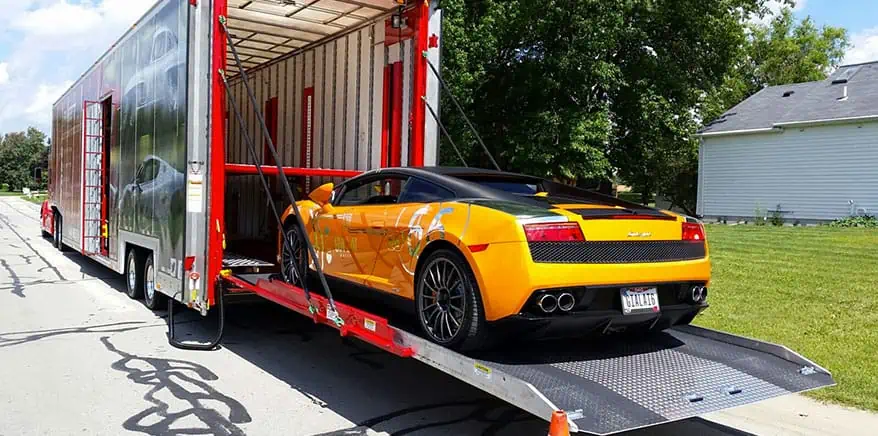
In addition to open versus closed, there are various types of vehicles that may transport your car. In most cases, your car will be shipped by truck. This option is the most widely available and often allows for door-to-door transport. However, if you’re moving overseas, your car will need to be transported by ship or even air. You might be able to have your car shipped by train, which is often faster and safer than a truck. Of course, as you probably guessed, these later options can significantly add to the cost.

Time of year: The season during which your move happens will also impact the overall cost of shipping your car. Summer is the most popular time to move, so there’s increased demand among car shipping companies. This means the rates also increase. If you can, try to schedule your move for spring or fall, when the weather will still be mild but the cost won’t be at its peak.
Added fees: There might be some situations that require you to pay additional fees on top of the base shipping price. For instance, if you’re shipping a particularly valuable car, you might want to pay for extra insurance. If you need your car shipped ASAP, you could pay a few hundred dollars extra for express shipping.
How much does car shipping cost for short moves?
If for whatever reason you find yourself unable to drive, the good news is that intrastate and short-distance moves will generally be a lot cheaper than long-distance moves, simply because there’s a lot less mileage involved. On average, you can expect to pay about $1 per mile for moves of 500 miles or less for a short-distance move. However, since costs can vary quite a bit across car shipping companies, it’s a good idea to budget around $500 to $1,000 for a short move.
How much is car shipping from one state to another (i.e., interstate moves)?
What if you’re planning an interstate move? Contrary to what you might expect, rates actually get cheaper to ship a car the further you go. If you’re doing an interstate move of over 1,000 miles, the average cost per mile drops to $0.60. However, you’ll still end up spending more overall on a long-distance move due to the high mileage.
As we discussed, the size of your car will make a difference here, though. Heavier or larger cars cost more per mile to ship than smaller, compact cars.
Here’s a breakdown of what you can expect to pay* per mile for car shipping from one state to another (1,000+ miles):
- Compact: $0.57
- Mid-size: $0.74
- Mid-size pickup truck: $0.87
- Mid-size SUV: $0.87
- Minivan: $0.97
*estimates
When shipping a car, can you pack it?
Yes, but it’ll cost you more.
Moving long distances can be pretty pricey, so any way that you can reduce the size of your moving truck or shipping container helps. (You can check out Moving Place, our sister company that specializes in long distance moves.)
The good news is that in many cases, you can pack some of your belongings in your car to be transported along with it. However, you can’t shove just anything in there. Avoid packing anything fragile or valuable, and keep your belongings in the trunk and/or below the window line to avoid theft. Remember, the car shipping company isn’t going to drive straight through from point A to point B – they’ll be making stops at gas stations, rest stops, etc. where could-be thieves might see your stuff.
Also, consider that because weight impacts the overall cost of car shipping, you don’t want to make your vehicle overweight and incur added fees. Usually, there’s room for about 100-200 pounds of extra weight before fees get tacked on.
These are all the basic things to know about car shipping. When it’s all said and done, the average cost of shipping a car in 2021 is around $1,200, according to Home Advisor. If that sounds high, saving on other moving costs is one of the best ways to move for a much better value.

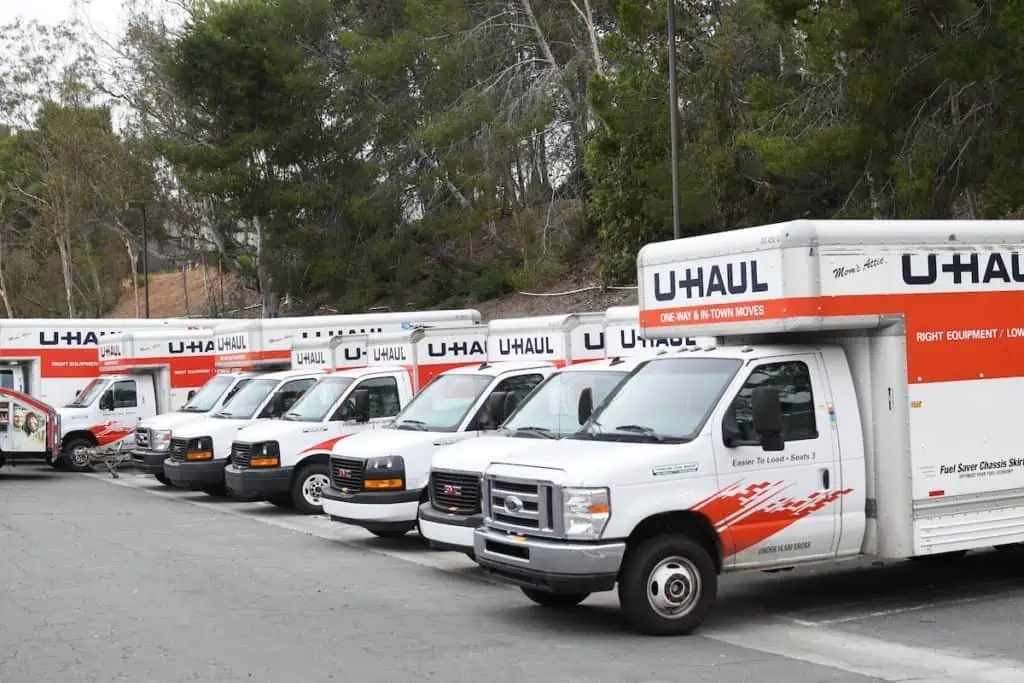
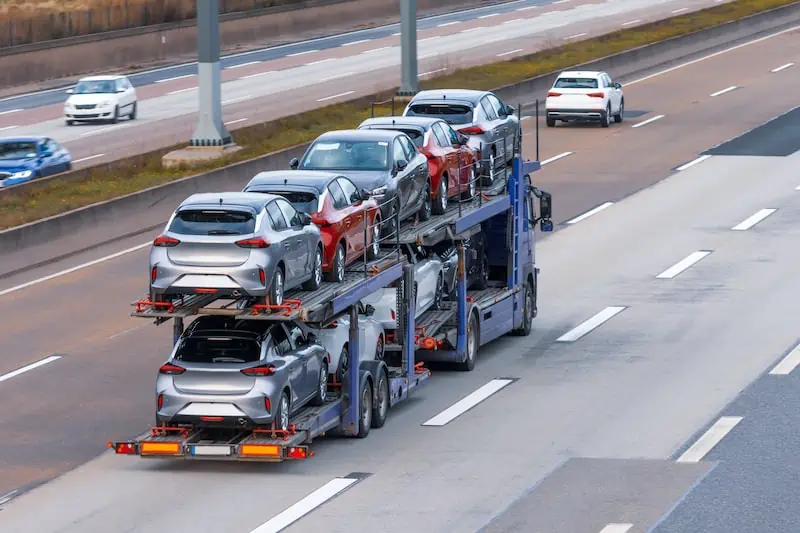

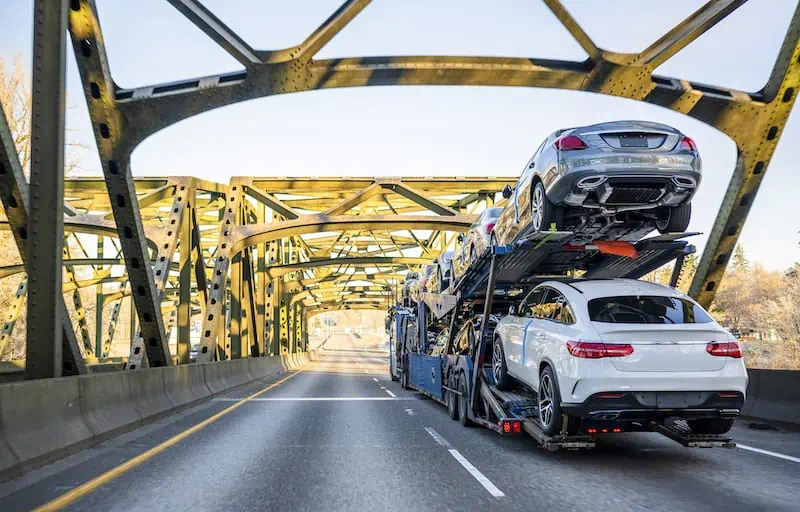
 How do I get a quote?
How do I get a quote?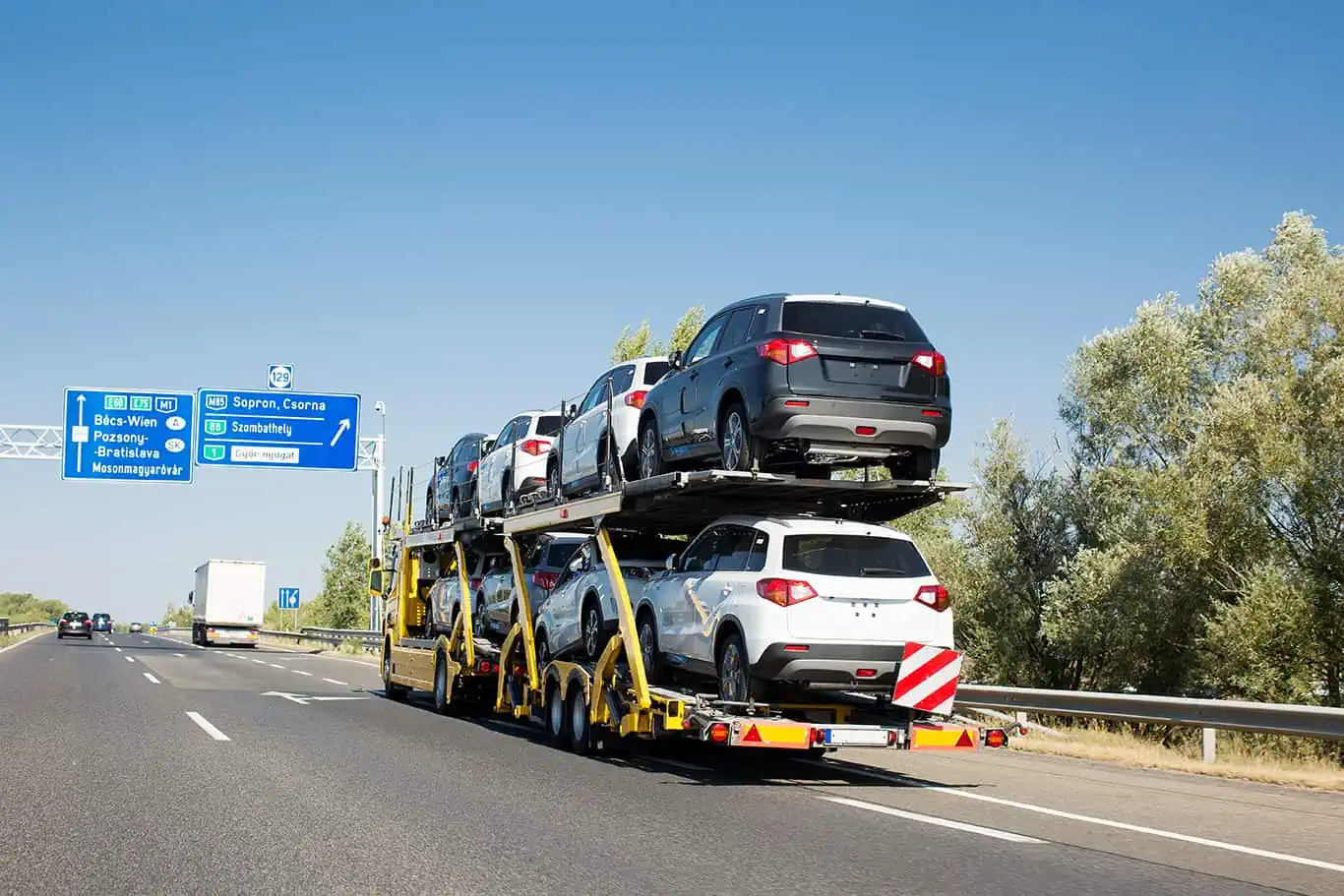


 When the truck comes to pick up the car,
When the truck comes to pick up the car,


 As the subject of self-driving trucks is not addressed in the NHTSA’s guidelines or the aforementioned House bill, the development, testing and implementation of AV technology for transport trucks of all types have by default been left up to individual states (hence, Colorado’s beer delivery experiment).
As the subject of self-driving trucks is not addressed in the NHTSA’s guidelines or the aforementioned House bill, the development, testing and implementation of AV technology for transport trucks of all types have by default been left up to individual states (hence, Colorado’s beer delivery experiment).